
Electric cars are becoming a steadily more common sight on roads all across the world. They come with a number of benefits over vehicles that use internal combustion engines: they are significantly quieter, since they don’t require multiple explosions to provide torque, they are cleaner, as they don’t burn fuel and cause no exhaust that is released into the atmosphere, and they are incredibly efficient. Their main drawbacks have been the kinks of their technology that are slowly being ironed out and the general lack of infrastructure to charge the battery packs that serve as an EV’s equivalent to the petrol tank. Ever increasing numbers of charging stations as well as the means for charging an electric car at home are making this less of an obstacle for unhindered driving of electric vehicles.
What is a charging station?
A more technical term for charging stations is “electric vehicle supply equipment” (EVSE). This can denote any number of devices useful for charging EVs, whether in public or private. The European Automobile Manufacturers Association (ACEA) gives the following definitions for the parts of EVSEs: a socket outlet that provides power, a plug that fits into that socket, a cable consisting of insulated conducting material, a connector on the other end, and a vehicle inlet that accepts that connector and supplies power to the electric car. We are going to focus on EVSEs that are integrated into people’s private residences.
Charging an electric car at home
Cars of any type spend a good deal of their time parked near the homes of their owners. Since this usually means they aren’t going anywhere overnight, this would be the perfect time to charge an electric vehicle or top up its equivalent to a petrol tank. And fortunately, the answer to the question as to whether you can charge an electric car at home is a resounding “Yes!” There are two basic options to properly accomplish this feat:
Mains connection. Electric cars are supplied with the necessary equipment to hook it up to a standard outlet connected to the electrical mains. The advantage of this is the flexibility afforded by being able to charge the car from just about anywhere. There is, however, one massive drawback, namely that charging a car this way is incredibly inefficient and can take well over a day under the worst circumstances. This method is better suited for emergencies or if the electric car is used infrequently.

Wallbox chargers. These devices are integrated into the domestic electricity network, but have different features that improve charging. Most are fast chargers that take significantly less time than the equipment supplied with the car. Furthermore, there are programmable variants that allow for customisation of charging times. This helps reduce the strain on the electric car’s battery pack or permits charging at times of day when electricity prices are lower, where applicable.
The advantages of charging a car at home
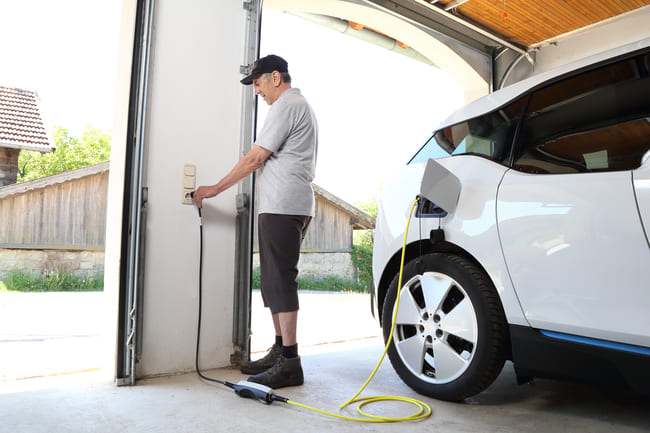
The costs of properly charging an electric car in 2021 using public terminals can vary considerably. Many charging stations take £1.50 per hour, but faster chargers may require as much as £3 per 45 minutes, not including an additional price per kWh consumed by the car.
Opting to install a home charging point can cut these costs by a massive margin, as now only the price of electricity determines how much it costs to charge an electric car (once the cost of purchasing and installing the unit have been deducted, of course).
How to install an EV charger at home
In the UK, consumers are faced with the agony of choice when it comes to installing a home charging point for their electric car. Regardless of what system one opts for, the home installation of an electric car charger should always be performed by an expert with the necessary qualifications. There are dozens of options, but these are the different electric car chargers by type:
Fast or slow charge. Most wallboxes will supply AC electricity up to 7.4 kW. This is more than double that of a regular three pin socket, but only about a third of the 22 kW faster chargers can provide. DC and rapid charging devices are usually not available for home charging.
Smart charging. Additional features, such as programmable times, help set home charging stations apart from each other. Less complicated versions are cheaper, but are less efficient at best and risk long term damage to the electric car’s systems at worst.
The installation of the device can occur almost anywhere on the premises of a private home, but naturally should be close to off-street parking. The providers of the wallbox typically perform the installation themselves, usually for no extra charge. The choice ultimately hinges on how much one is willing to spend and how long it takes to charge the electric vehicle. Hybrids generally charge faster than fully electric vehicles.
The best electric car home charger for you
This of course depends on your wants and needs as well as the specifications of your electric vehicle. As mentioned above, hybrids don’t usually require as much juice to function as fully electric cars, meaning lower end devices may suit them just fine to fully charge them overnight. Check the capacity of your car’s battery pack and compare it to the different charging rates of available wallbox types to determine how long it would take to fully charge your vehicle. Also take into account how frequently you drive your vehicle: The longer you are out and about, the more of the battery’s capacity will be sapped and the less time you have to charge the vehicle. A fast charger is more suitable in these cases. If you only drive infrequently, a slower charger will suffice.


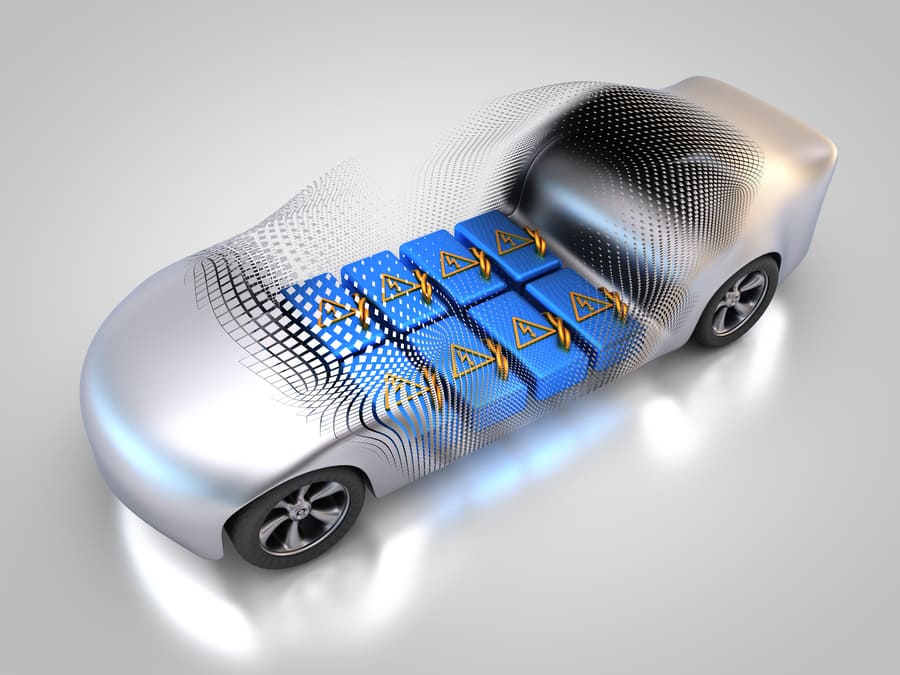
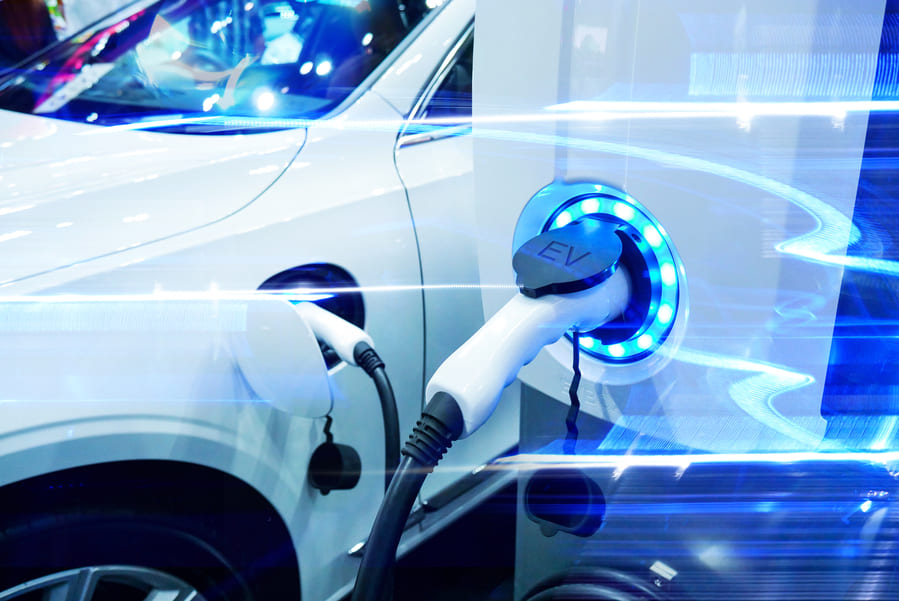
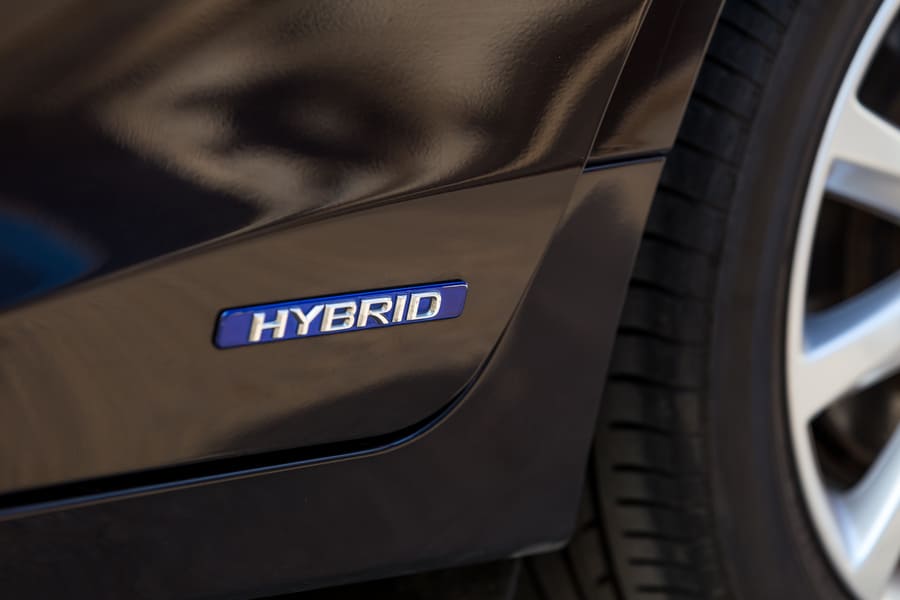
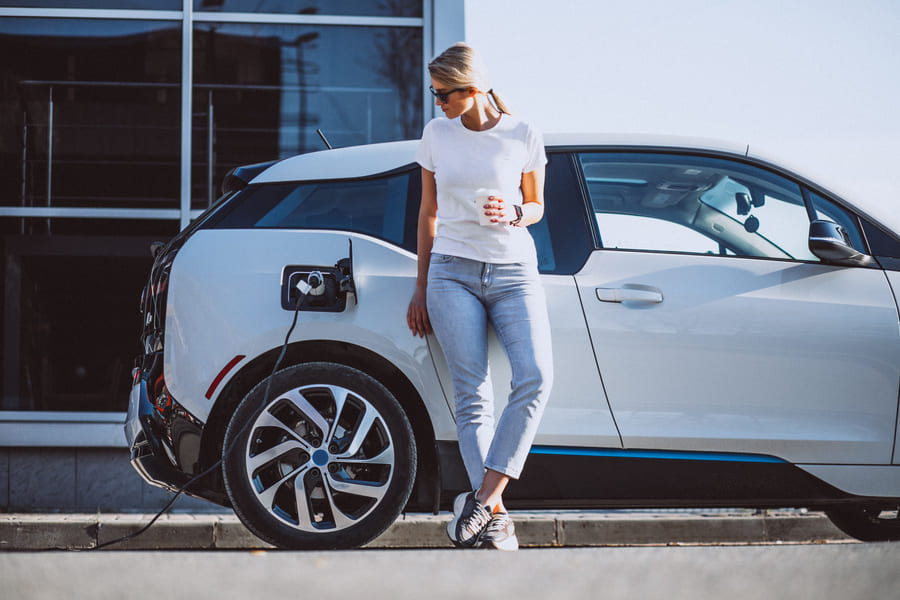
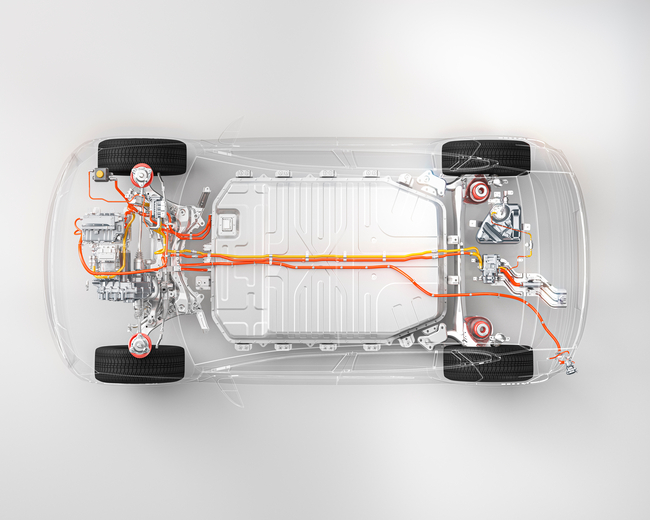
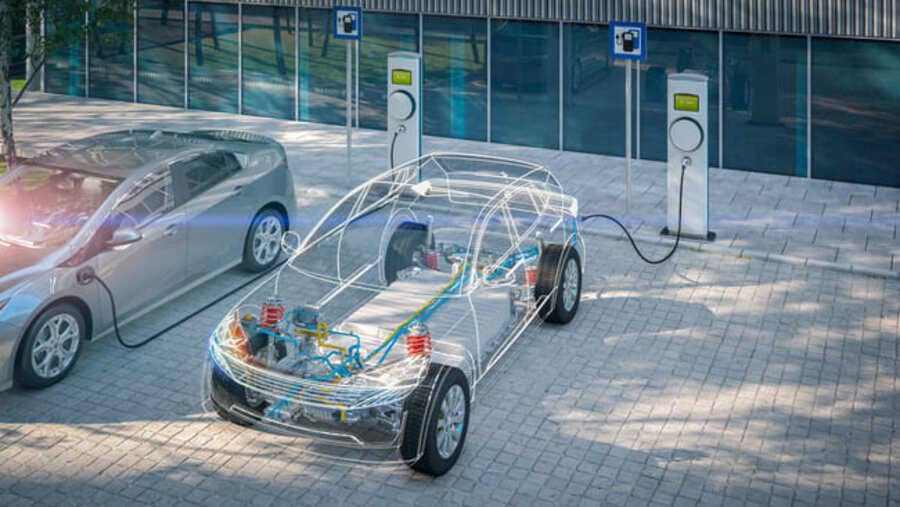
Comment